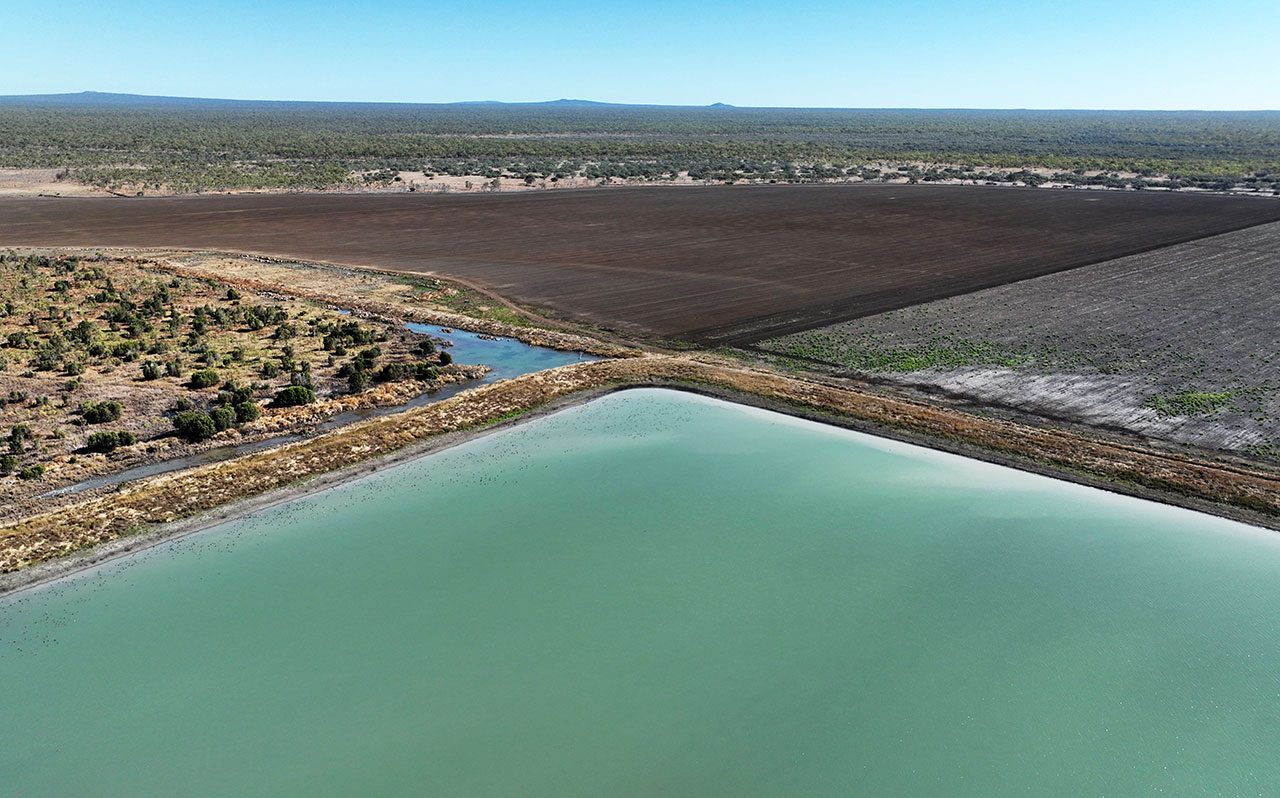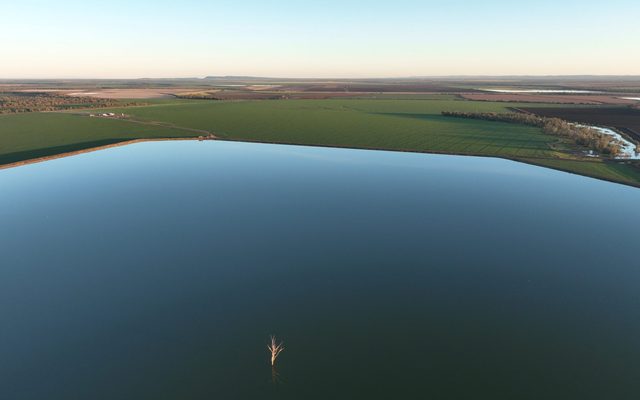This article is from the Australian Property Journal archive
A FAR North Queensland mixed grazing and cropping property with renewable energy project potential is expected to attract offers of more than $70 million.
David and Danielle Statham of Sundown Pastoral Co have hung up the for sale sign at the 44,000-hectare St Ronans Station, on the Mero Creek near Mount Surprise.
Cattle graze across more than 38,000 hectares of native vegetation and grasslands, and there is a carrying capacity of 5,500 adult equivalents. The holding also comprises 1,755 hectares of dryland cropping, 325 hectares of centre pivot and flood irrigation and 190 hectares of further arable cropping land. Average yields are 5.5 to six bales of cotton per hectare, and corn, sorghum and lupins are also produced.
The Moree-based Stathams acquired the then-largely undeveloped St Ronans five years ago for $18 million. It became one of Sundown Pastoral Co’s Good Earth Cotton initiative sites, and grows net zero carbon, sustainable and traceable cotton.
The property boasts a strong suitability for renewable energy projects, through carbon offsets, the installation of a wind farm – the site has receives high nighttime wind speeds – and potential to grow tree crops processed for sustainable aviation fuel.
Sundown Pastoral Co and the Australian renewable energy developer, Project.e, and currently developing the St Ronans Renewable Energy Hub (SRREH). Initial feasibility studies assuming a capacity of 1.8 gigawatts of wind generation plus battery energy storage would make St Ronans one of Australia’s largest renewable developments.
Sundown Pastoral Co will retain the development rights to the SRREH and is in talks with Powerlink over access to transmission lines.
During the vendor’s ownership, soil carbon sequestration across 35,756 hectares has been monitored and measured, and showed a 21% growth in soil organic carbon storage. This equates to nearly 1.4 million tonnes of carbon dioxide emissions the land.
St Ronans also offers good secure water. There are six unregulated high pressure irrigation bores with capacity to extract 10,000 megalitres, 886-megalitre storage dam and a 250-mgalitre surge used for irrigation.
There is also dams, springs, swamps and permanent waterholes in the Mero Creek and Lynd River. Rainfall tallies 793 millimetres annually.
LAWD has the listing. Expressions of interest close 31st October.





